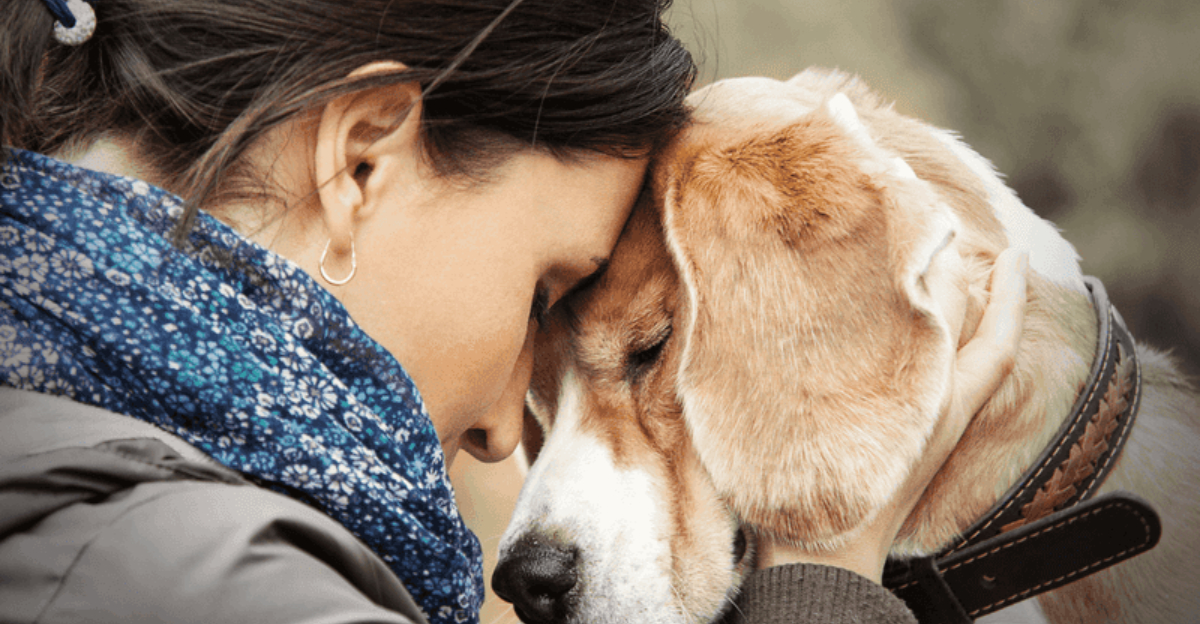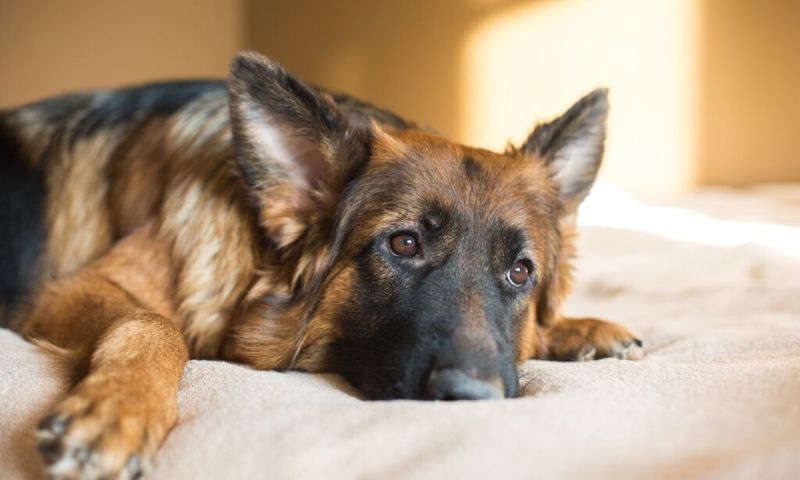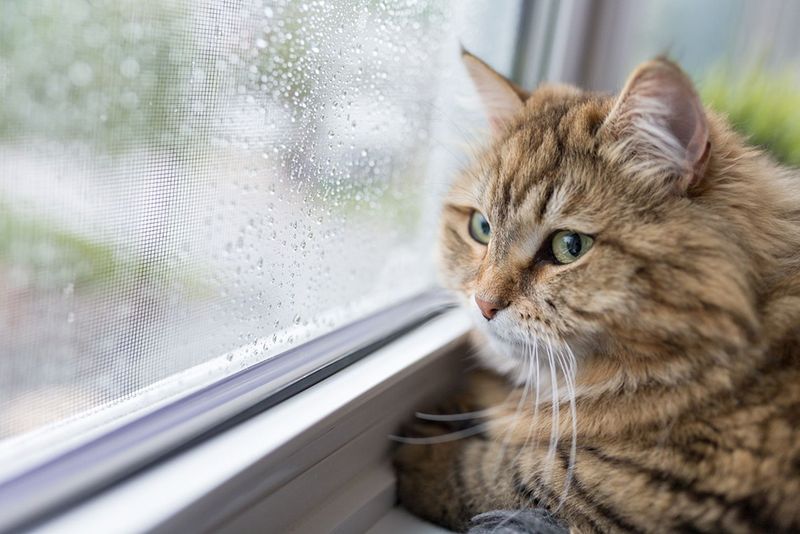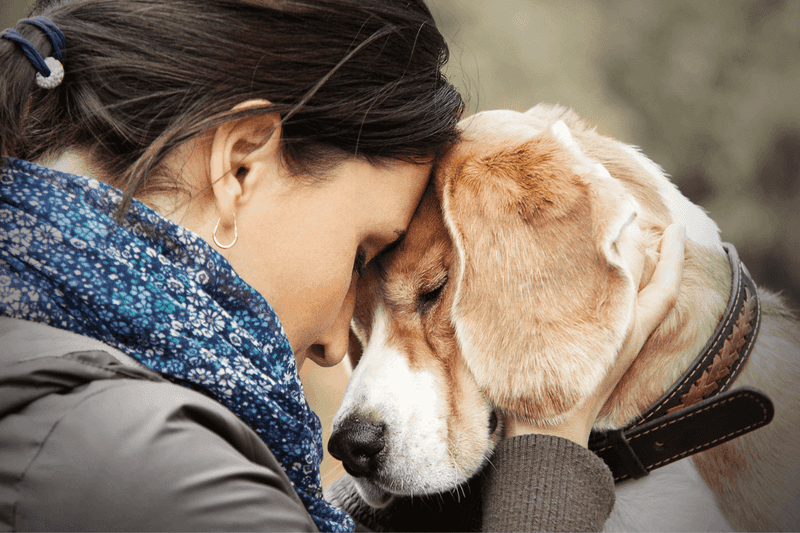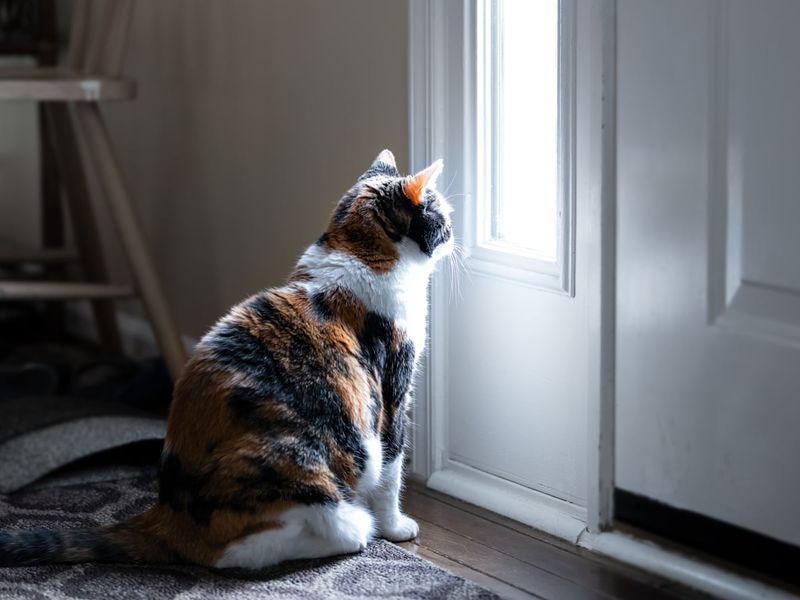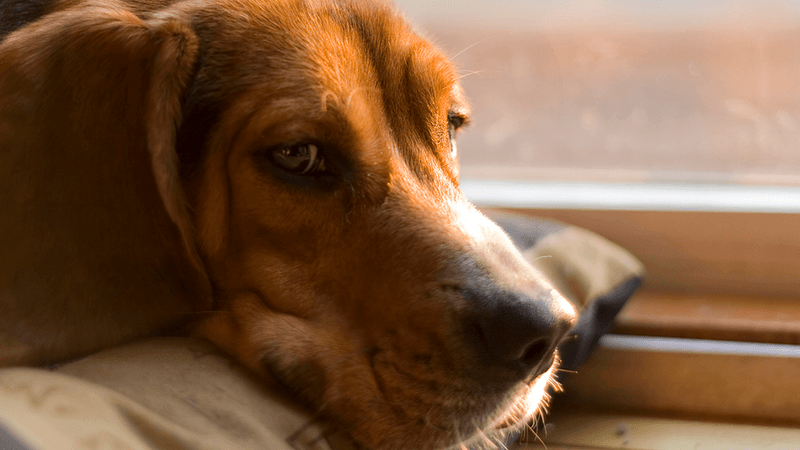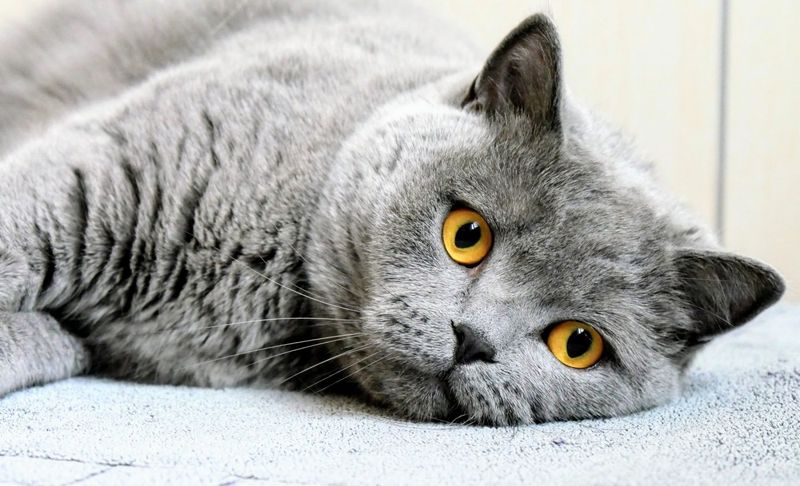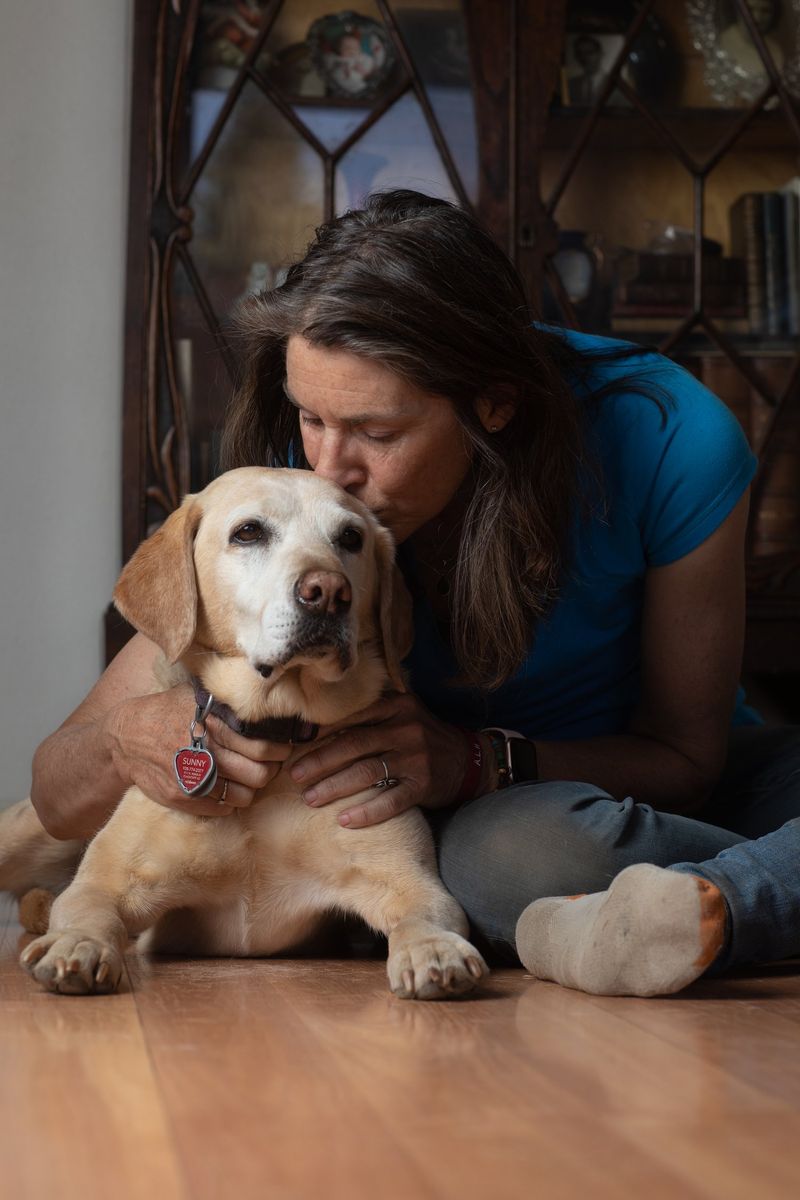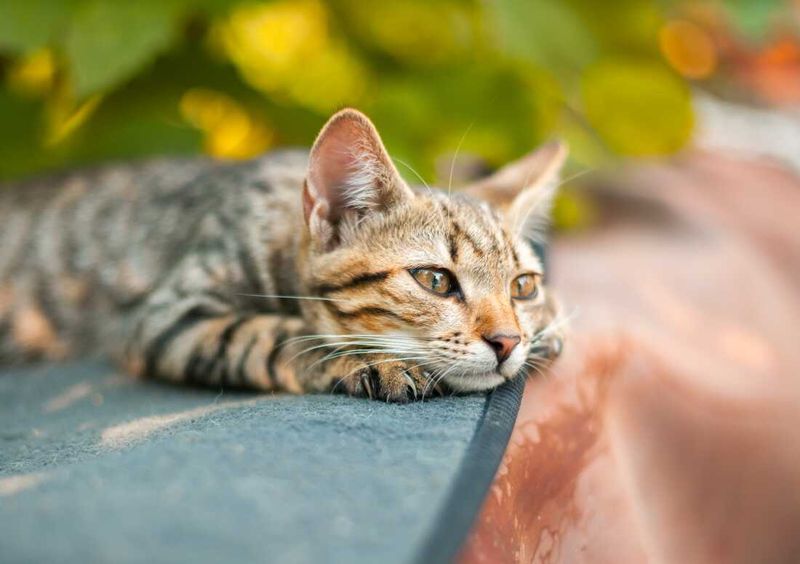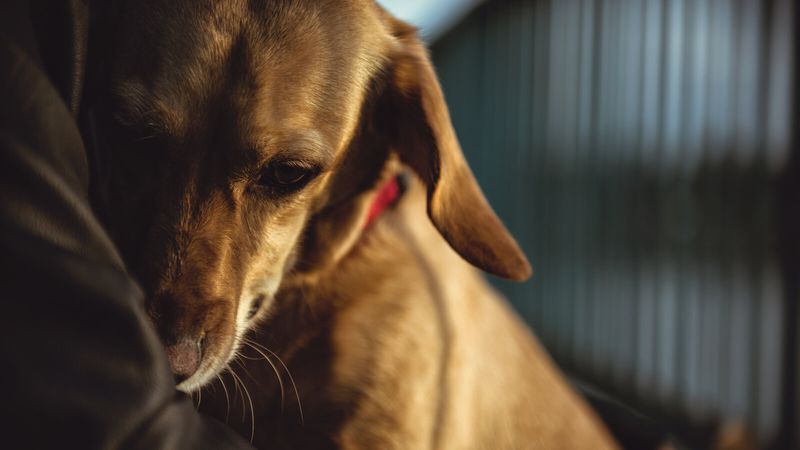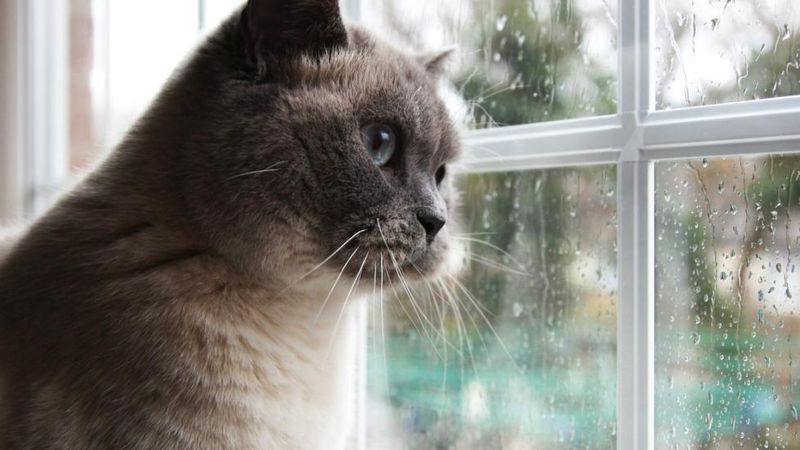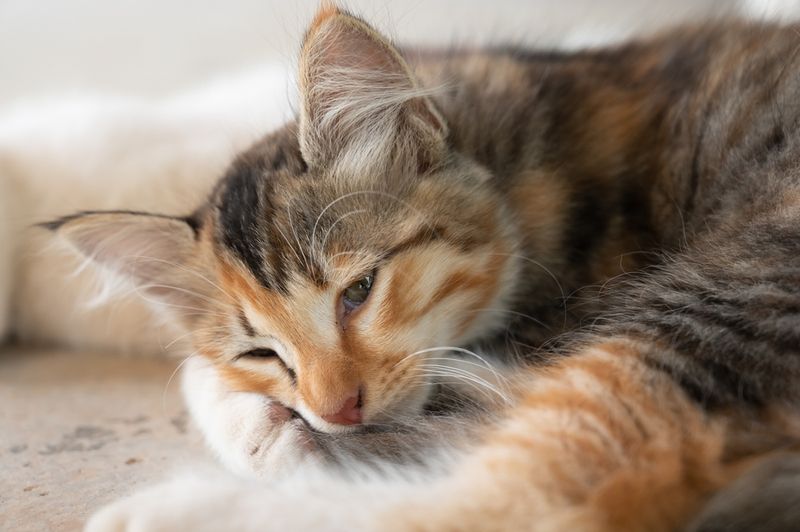Animals grieve in unique ways, and understanding these differences can deepen our empathy towards our furry companions. While both dogs and cats experience loss, their expressions of mourning can be quite distinct. From their social interactions to their emotional depth, each species has its own way of coping with grief. This article explores twelve fascinating reasons why dogs mourn differently than cats, shedding light on their emotional landscapes and the influences of evolution, behavior, and companionship. Join us in exploring the heartwarming and sometimes surprising ways our pets navigate the process of mourning.
Dogs’ Expressive Emotions
A dog’s face is a canvas of emotions, painting vivid pictures of joy, fear, and sorrow. Their eyes, soulful and expressive, reveal their inner world.
When mourning, dogs might exhibit signs like whimpering or a decrease in energy, making their feelings visible. These expressions stem from their close relationship with humans, who have bred them to communicate openly.
Cats, however, are masters of subtlety. Their emotions are hidden, expressed through small gestures like a flick of the tail or a gentle purr, contrasting sharply with dogs’ overt displays.
Cats’ Independent Nature
Cats, with their mysterious allure, often retreat into solitude when mourning. Unlike dogs, they prefer quiet reflection over communal gatherings.
Their independent nature means they handle grief internally, without the need for external comfort. This self-reliance can be traced back to their wild ancestors, who survived alone.
While dogs lean on their pack, cats find solace in their own space. This difference in mourning behavior highlights the contrast between their social structures and emotional expressions.
Dogs’ Strong Pack Bonds
Imagine a loyal canine, ears drooping, seeking solace in the company of its pack. Dogs, inherently social creatures, derive comfort from their companions. When a member is lost, the entire pack feels the void.
This profound bond reflects their evolutionary instincts as pack animals. Evolving from wolves, dogs mourn as a group, emphasizing solidarity. Their shared grief serves to strengthen social ties and maintain harmony.
In contrast, cats are more solitary by nature. Their mourning process is introspective, lacking the communal rituals seen in dogs. Such differences highlight the unique ways each species copes with loss.
Cats’ Subtle Signals
Cats, enigmatic and graceful, express mourning through subtle signals. A lowered tail, a soft meow, or a distant gaze can speak volumes.
These delicate gestures may go unnoticed, masking the depths of their sorrow. Their subtlety reflects an evolutionary need for self-preservation, avoiding drawing attention to vulnerability.
While dogs wear their hearts on their sleeves, cats communicate grief through nuanced behaviors. Observing these signals requires patience and a keen eye, unveiling the silent language of feline mourning.
Dogs’ Need for Routine
For dogs, routine is a comforting constant. The loss of a companion can disrupt this structure, leading to distress.
Dogs thrive on predictability, and mourning can throw their world into chaos. Maintaining familiar routines provides a sense of security during times of grief.
In contrast, cats, with their flexible natures, adapt more readily to change. Their independence allows them to cope with disruptions more easily, highlighting a key difference in how these animals mourn.
Cats’ Adaptability to Change
Cats, nimble and adaptable, handle change with grace. Their solitary nature equips them to adjust to shifts in their environment.
When faced with loss, cats continue their daily lives, showing resilience in the face of change. This ability stems from their evolutionary history as solitary hunters.
Dogs, however, lean on routines and companionship, finding change challenging. This difference highlights how each species navigates the complexities of mourning, emphasizing adaptability versus reliance on stability.
Dogs’ Human-Like Attachment
Dogs form deep, human-like attachments, often seeing their owners as family. This bond means they grieve deeply, comparable to human mourning.
Their attachment is a result of domestication, fostering an emotional closeness that intensifies their grief. Dogs may follow their owners, seeking reassurance during tough times.
Cats, on the other hand, maintain a more independent relationship with humans. Their grief is self-contained, not relying heavily on human interaction, highlighting a significant difference in how they process loss.
Cats’ Self-Contained Grief
A cat’s grief is a private affair, encapsulated within its own world. When mourning, cats often retreat, relying on their inner strength.
This self-contained approach reflects their solitary ancestry. Unlike dogs, who seek external comfort, cats handle loss independently.
Their ability to self-soothe is a testament to their resilience, showcasing a different path through grief compared to dogs’ need for social support. This distinction underlines the varied ways in which animals cope with emotions.
Dogs’ Social Support Networks
In times of mourning, dogs seek solace within their social groups. Their natural inclination towards forming networks provides comfort and healing.
This behavior can be traced back to their pack origins, where community played a crucial role in survival. Dogs lean on each other, sharing the burden of grief.
Cats, however, prefer solitude as their support system, relying on self-reliance. This divergence highlights the impact of social structures on mourning processes, emphasizing communal support versus solitary coping.
Cats’ Inherent Solitude
Solitude is the fabric of a cat’s being. Their preference for alone time shapes how they mourn, embracing quiet reflection.
Cats’ solitary nature is a remnant of their wild past, where independence was key to survival. They grieve in silence, without the need for a communal experience.
Dogs, in contrast, find strength in numbers, relying on social interactions for comfort. This fundamental difference in coping styles showcases how each species draws on its inherent traits during periods of mourning.
Dogs’ Overt Vocalization
Dogs are vocal creatures, using sounds to express a range of emotions, including grief. Whining, barking, or howling signify their sorrow.
This vocalization is a call for connection, seeking comfort from humans or fellow dogs. It underscores their expressive nature, a trait honed through domestication.
In contrast, cats are more reserved, communicating grief through silent gestures. Their understated approach offers a stark contrast to dogs’ more audible mourning practices, highlighting a fundamental difference in emotional expression.
Cats’ Gentle Purring
A cat’s purr, gentle and rhythmic, is often its way of self-soothing during grief. This quiet sound provides comfort, resonating through their bodies.
Purring is a versatile tool, used for both healing and communication. It mirrors a cat’s preference for internal coping mechanisms over external displays.
While dogs vocalize loudly, cats purr softly, presenting a unique contrast in how they handle sorrow. Their gentle purring is a testament to their ability to find peace within themselves during times of loss.
